BASIC PRINCIPLES
What is the destination of the pullets?
 Examples:
Examples:
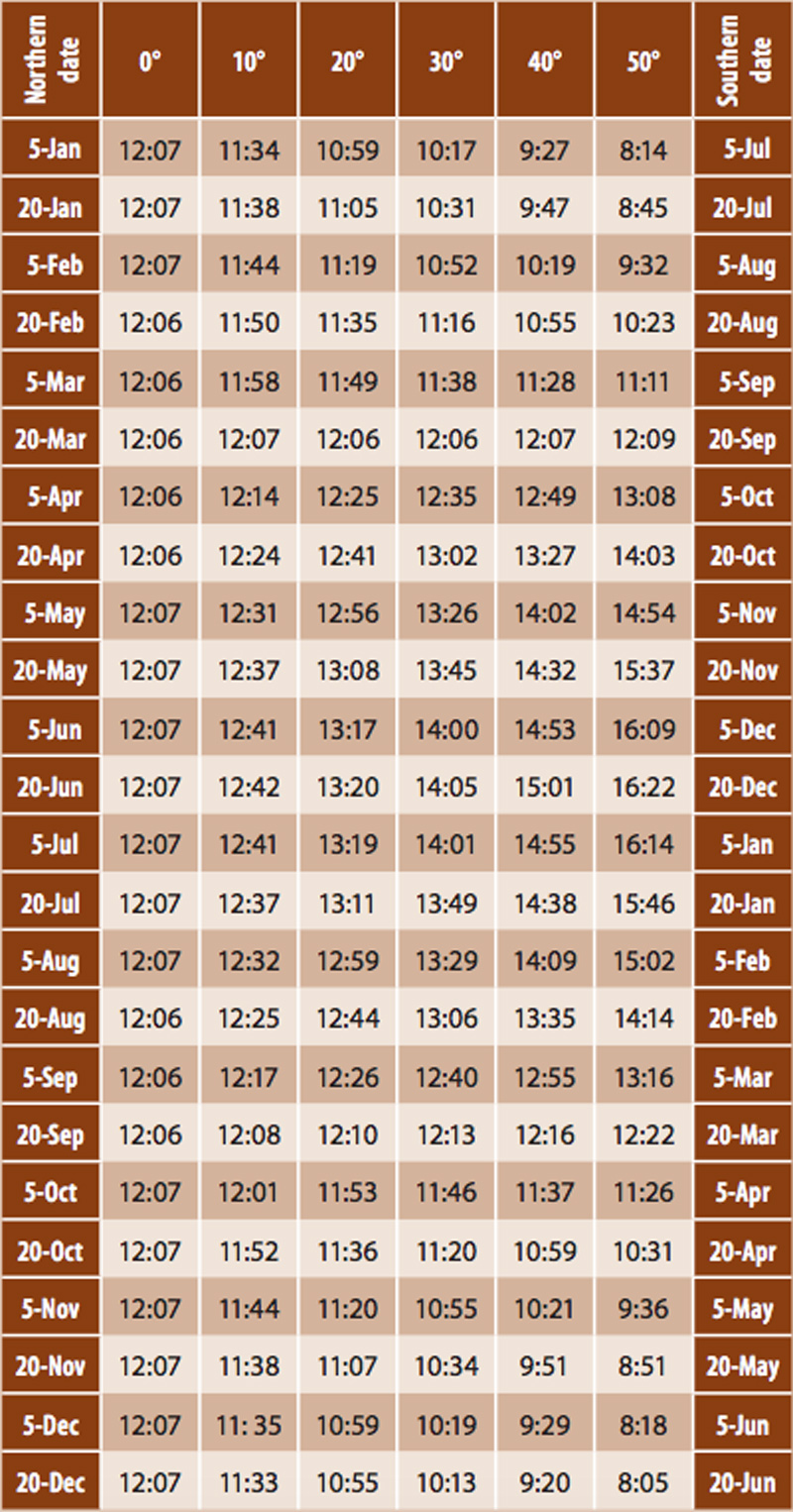
Where will the birds be transported to and from?
This determines the number of hours at the end of the program.

* Open house: any construction where you have > 3 lux. ** Close house: any construction where you have < 3 lux.
Number of hours in the rearing house
Depending on limitations in step 1 and 2, determines the optimum end hours for your type of house: open or dark
Speed of light reduction
We recommend a moderate speed of reduction.
Moderate reduction until target:
Light intensity at the destination
Light intensity should be adapted across the different rearing periods.
During the first week, a higher intensity is needed to activate the birds. After week 5, the light intensity should be decreased to calm the birds and prevent pecking and cannibalism. This is also recommended in open rearing houses.
In cages, light intensity should be measured at feeder and drinker level on bottom, middle and top tiers cages, mid-way between lights. Map the light intensity in the house. Use the bottom one to adjust light intensity to follow recommendations.
On floor/aviary, measure at bird level head, between light bulbs, at drinker and feeder level. Use the lower value to adjust to follow the recommendations.
On floor/aviary systems, try to bring light intensity in last 4 to 6 weeks of rearing on minimal of 10 lux for white and 15 lux for brown breeders to prevent floor eggs in production.
Light intensity should be measured at feeders and drinkers level.
Stimulate males and females at the same time and when body weight is in both at standard (18 weeks of age) and uniformity is more than 85 %.
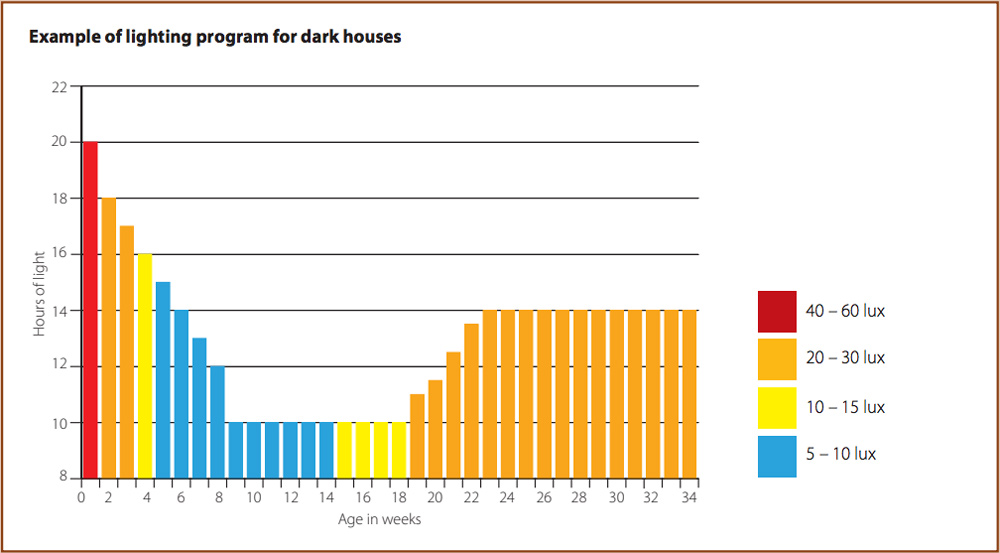
Pullets show extreme body growth during this period. This is especially true if we consider the percentage of growth compared with the previous body weight.
Even more importantly, at this stage the birds will develop most of their organs, skeletal system and muscles which are essential for their health and performance. Therefore, correct growth during this period is key to having healthy and productive adult birds.
If growth is delayed in this period, further compensatory growth is impossible: the bone frame will stay as it is. The birds can reach the standard weight but the body content and size will differ and hens can become over fattened.
This also applies to male development; a correct body weight gain and uniformity is strongly related with good fertility. Always keep the body weight at standard and uniformity above 85 %.
Change diets if body weight is on the target at the corresponding age: 0–5, 6–10 and 11 to 17 weeks (see the nutrition chapter). With a uniformity above 80 %. In case you didn’t achieve it, delay the change one or two weeks. Also, could delay the change in case of stress events, like vaccinations.
It is very important to achieve the standard body weight during the first 12 weeks of age.

Considering the importance of growth in this period, the daily consumption of the birds is below what it should be. It is very important to promote good feed consumption to maintain correct development:
When possible, the feed intake training can start at 5–6 weeks of age. More details in page 32 of rearing period chapter. Providing good quality feed is also key to good bird development.
Brown nick

Crystal | Super nick | Nick chick | Coral
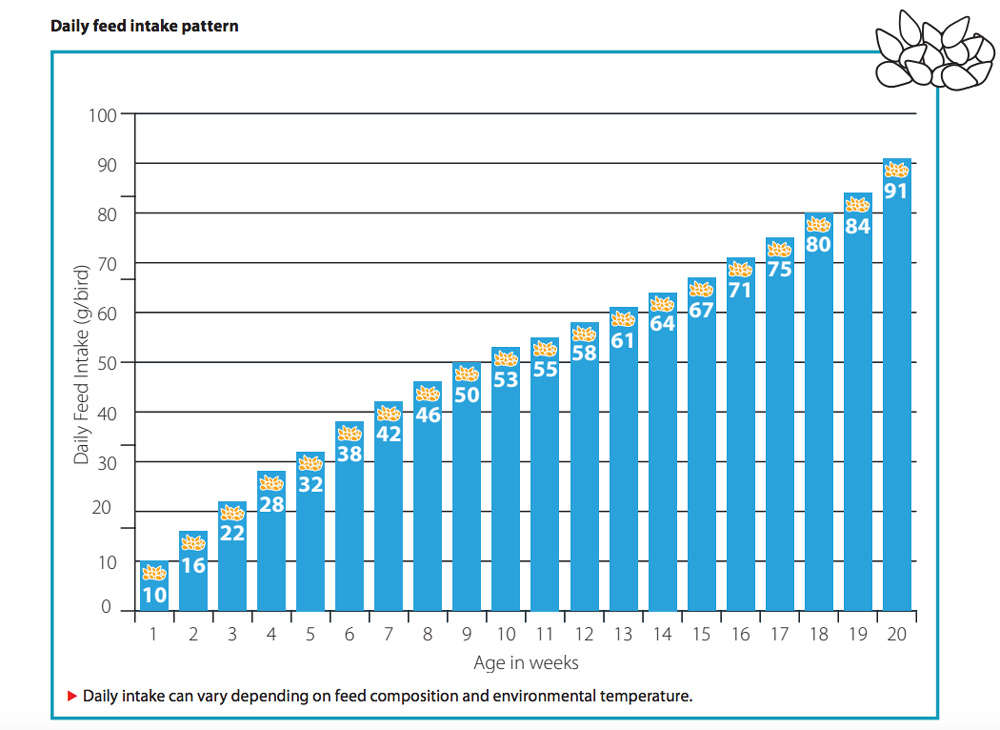
Correct feathering is essential to enable a bird to regulate its temperature properly and is indicative of good development. A series of natural molting will occur during the rearing period: one complete molting (between 1 to 6 weeks) and three partials at 7 to 9 weeks, 12 to 16 weeks and 20–22 weeks when the stiff tail feathers are grown.
It is important that molting occurs in the indicated periods, otherwise it may signal delayed physiological development of the birds: nutritional, management, disease or any other problem.
It is important to periodically evaluate the feather conditions both during rearing and production periods. Loss of feather during production could indicate a stressor, impacting on the flock.

One of the tools to evaluate the status of the flock is by the primary feathers condition which can be done with certain frequency (for example, every other week). This can helps us to either evaluate the status of feathering during rearing and production. Keep in mind that the number of molted feathers could give us an indication of the extent and magnitude of the stressor.
Here is a list of stressors that can impact on the flock inducing partial “molting” therefore impacting on the primary feathers development:
Some birds reduce body weight and production but never cease producing eggs; you could see excessive feathers on the floor or manure belt.

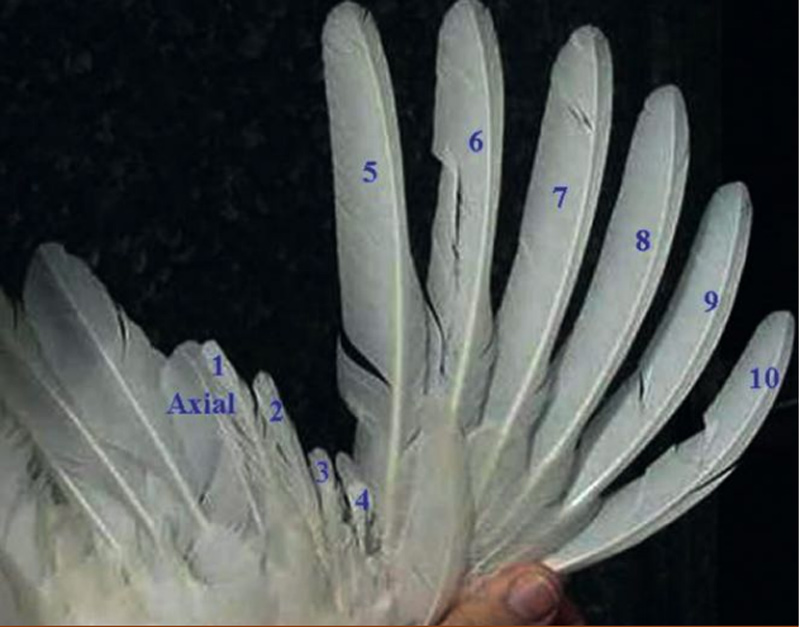
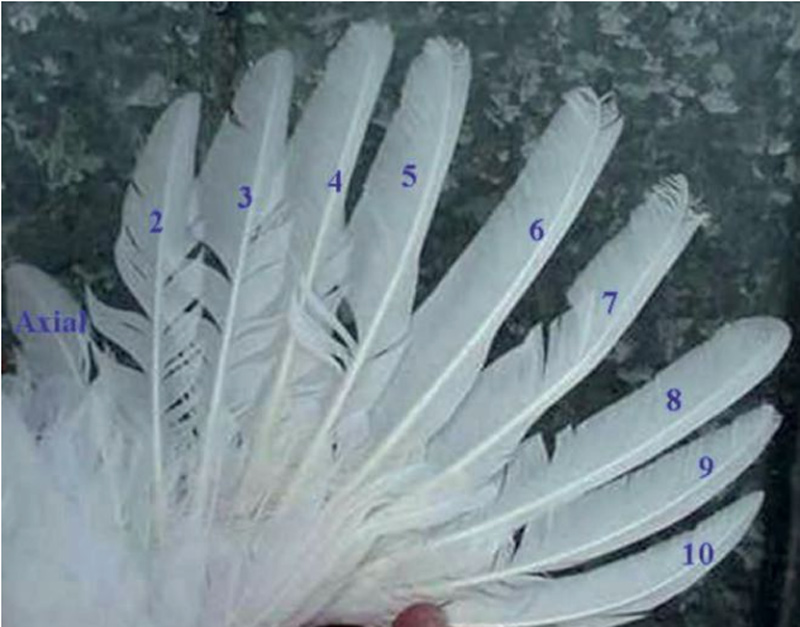
Perching improve nesting behavior, animal welfare, improve livability, bone/muscle structure and reduce floor eggs. They need to be placed as soon as 3 weeks of age.
Characteristics:
KEY POINTS
· Implement the lighting program according to your house conditions.
· Never allow day length to increase during the rearing period.
· Achieve the required body weight (males and females) during the first 12 weeks of age.with uniformity of at least 85 %.
· Provide enough feeder space as soon as possible.
· Follow the feathering and natural molting to check a correct physiological development.
· Males and females should be rearing together (cage and floor).
· Place perches at 3 weeks of age (floor rearing).
· Discard of sexing errors at 6 to 7 weeks of age.
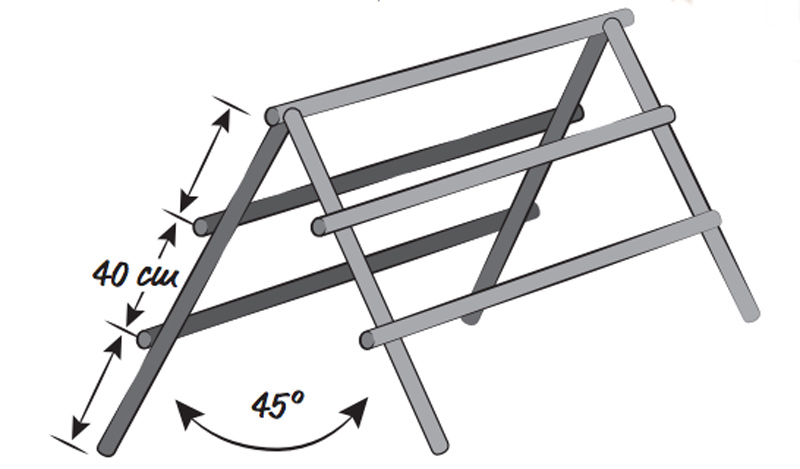
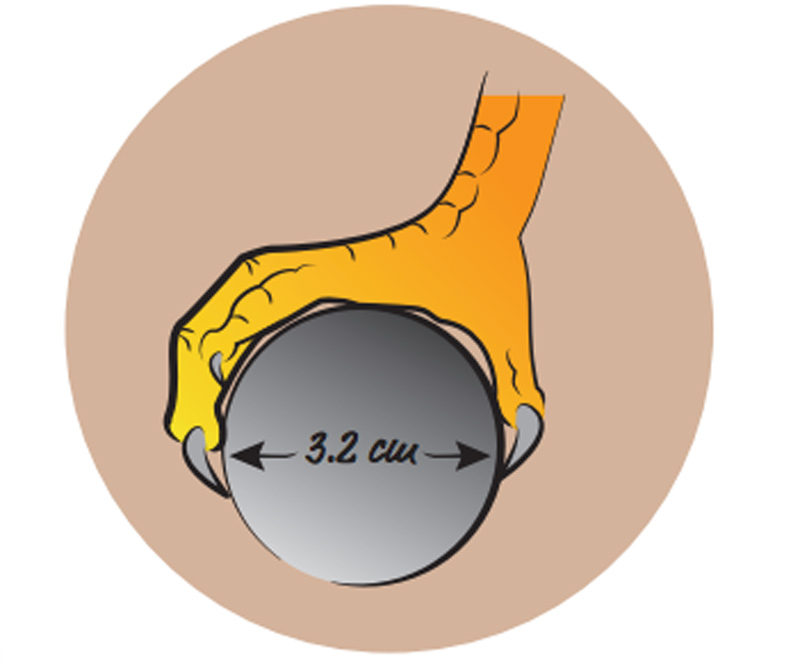
¡Bienvenidos! Su admisión está validada, por favor espere 2 segundos mientras la puerta de nuestra sala VIP se abre. ¡Por favor entre!
¿No tienes una cuenta?Regístrate ahora
